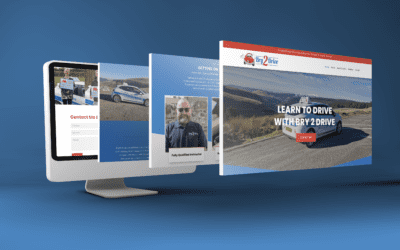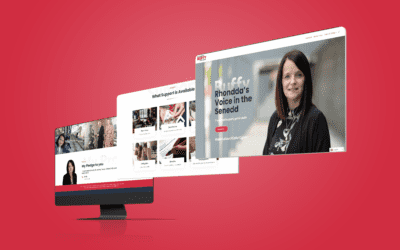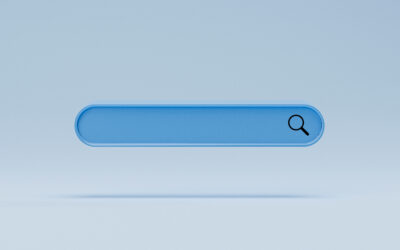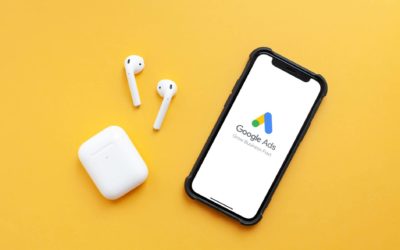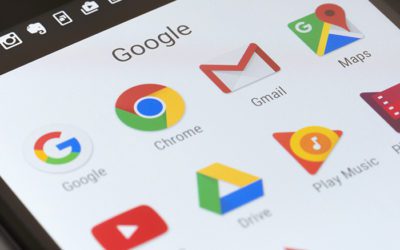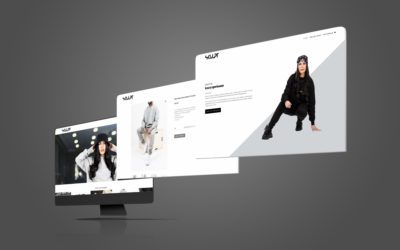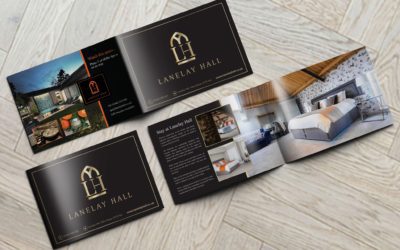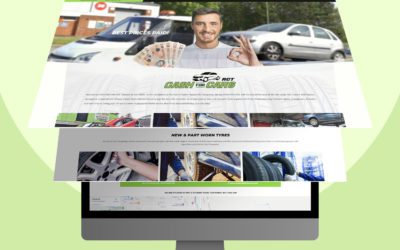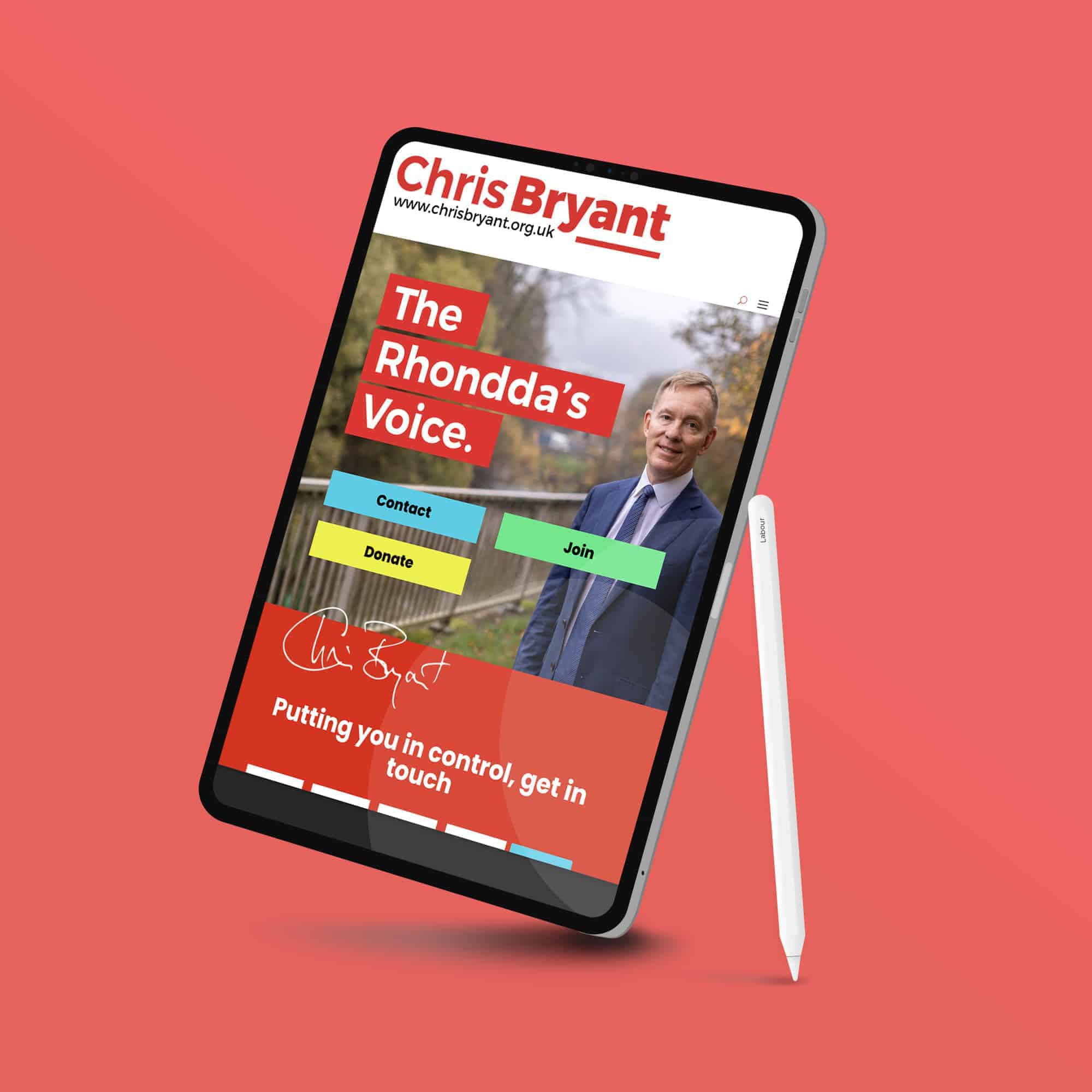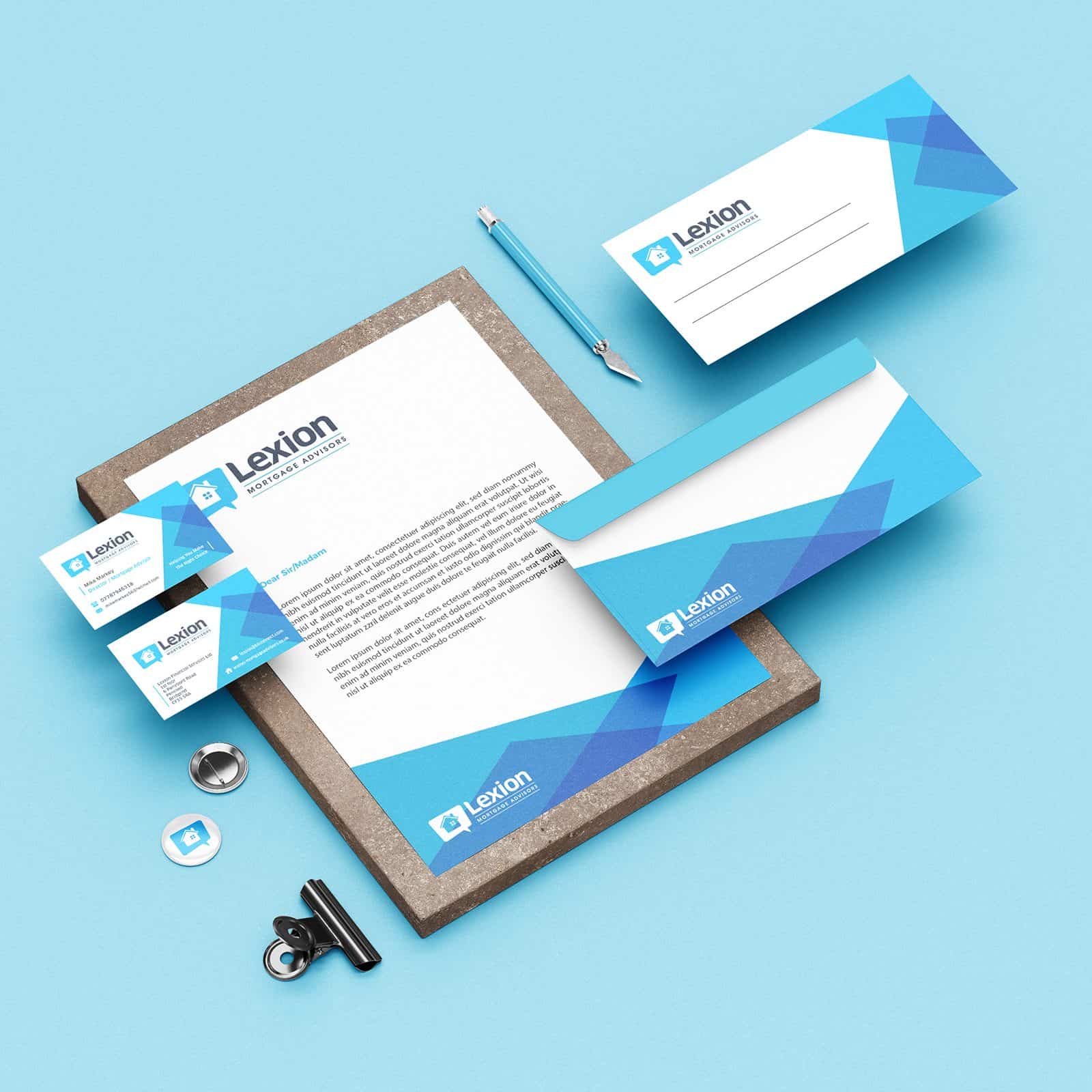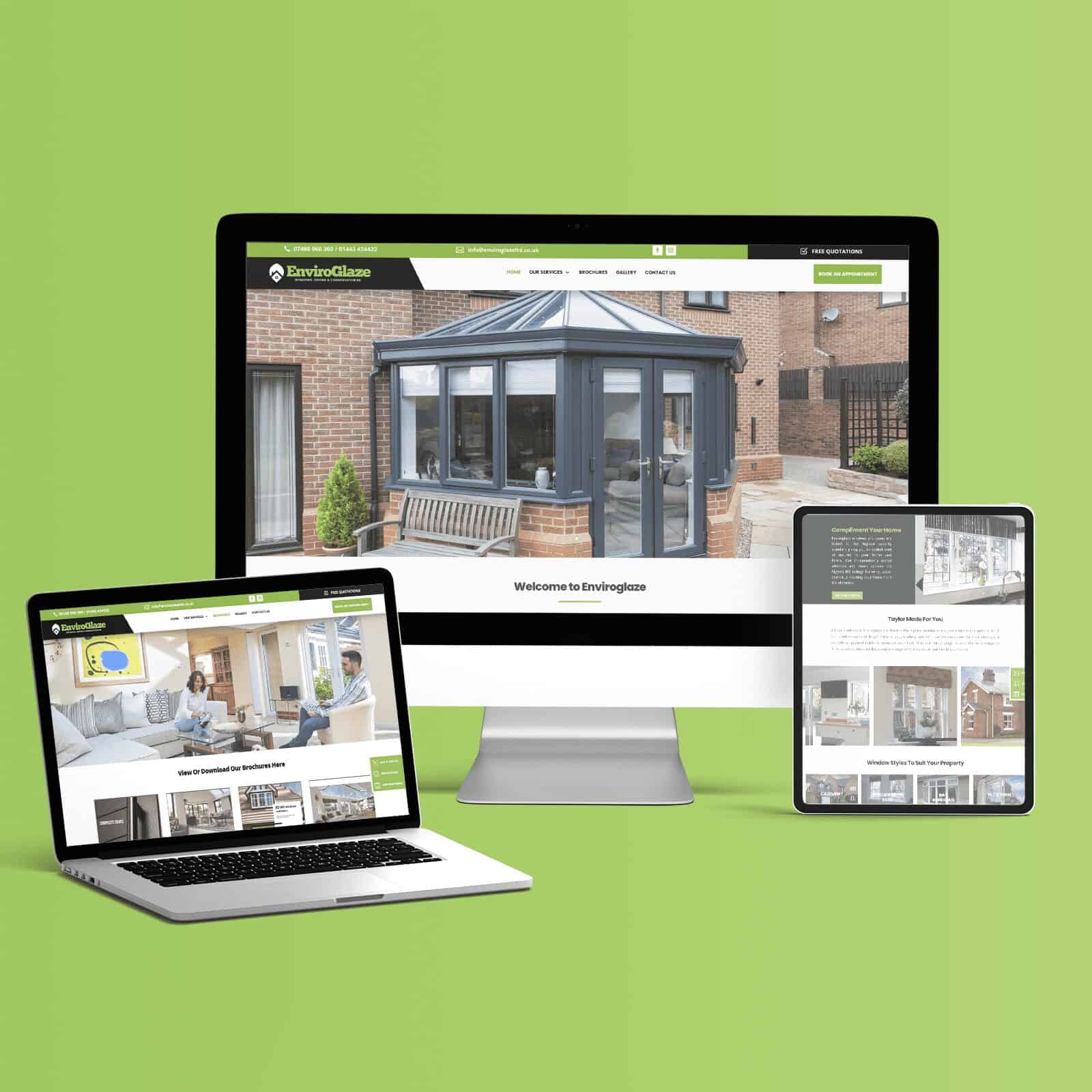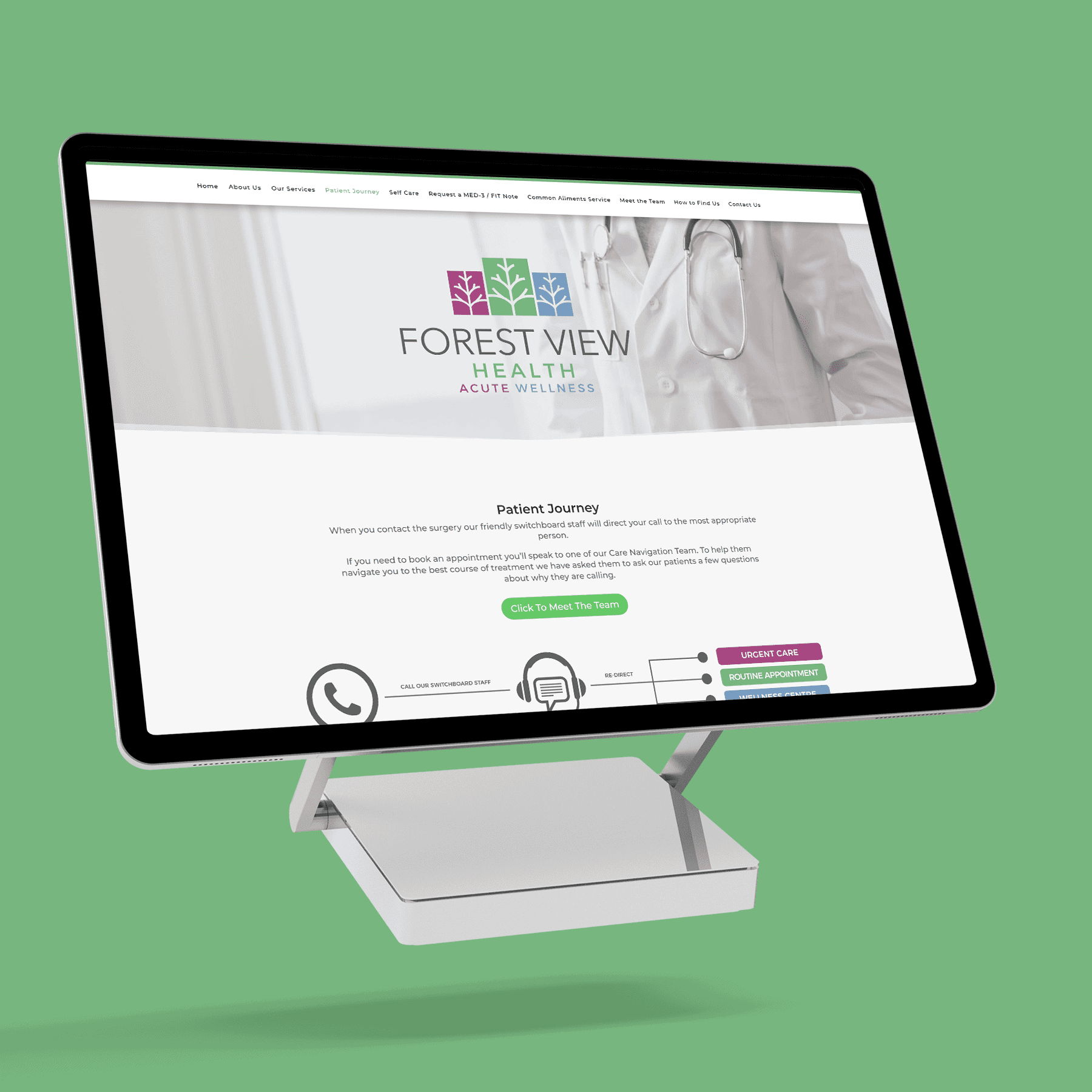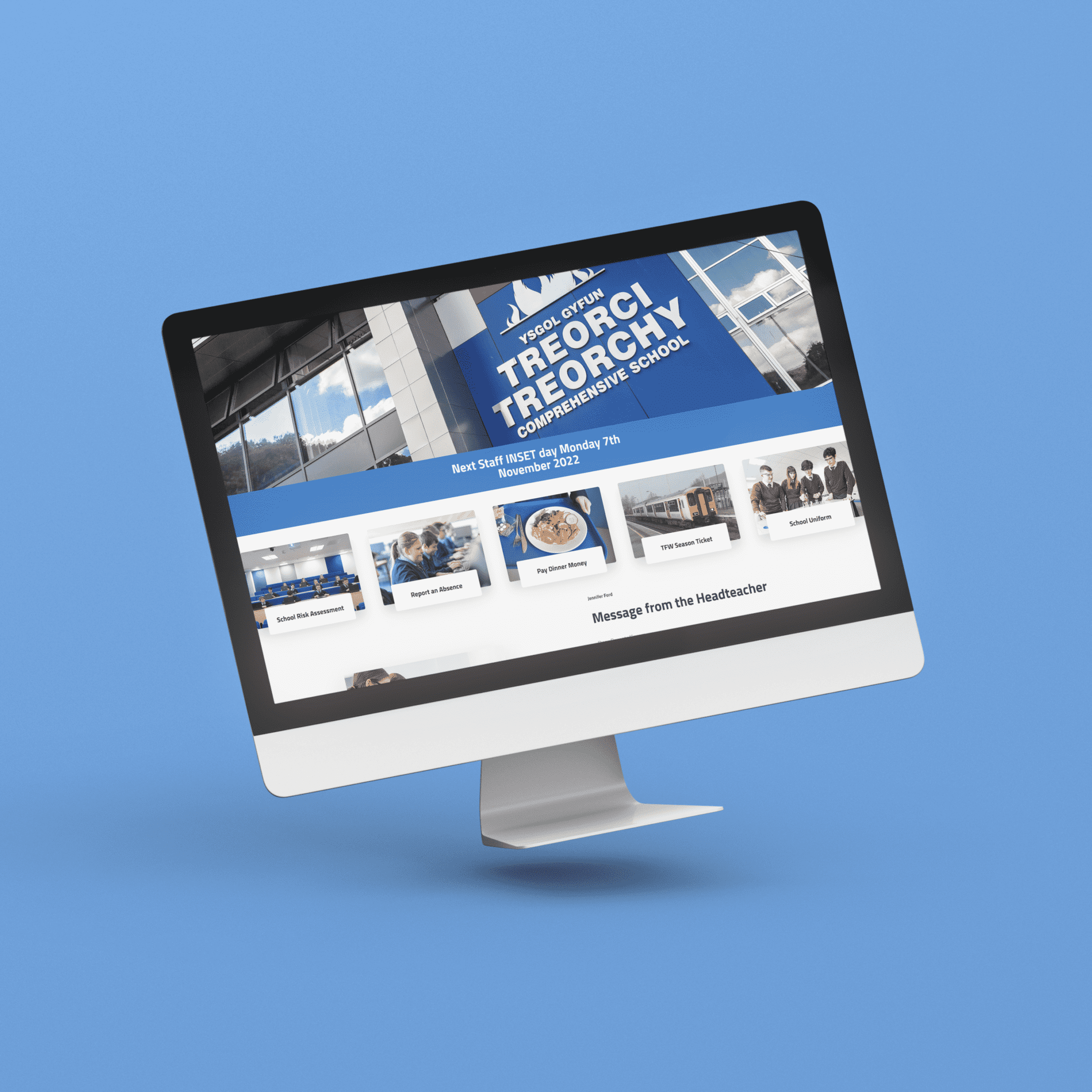In today's digital age, having a strong online presence is crucial for local businesses in the UK to thrive and stay competitive. With consumers increasingly turning to the internet to discover, research, and engage with businesses, enhancing local business visibility...
A Little
from our Blog
When should you refresh your website?
Refreshing your website regularly is essential to staying ahead in the fast-changing world of technology and user behavior. Here are a few reasons why: Keeping up with changing technology: Technology is constantly evolving, and new innovations are being introduced all...
What is SEO?
What is SEO? SEO (Search engine optimisation) is about getting a website to the top of search engines like Google so that it gets more visitors. SEO in simple terms is the science of adjusting, developing, and tuning the content and code of a website and promoting...
How does Google Ads work?
Google Ads is a form of Digital Marketing. It works on a pay-per-click (PPC) model which means that, unlike traditional advertising where you pay for your advert to appear, with Google Ads you only pay if someone clicks on your advert to visit your website. These PPC...
How to promote your website for FREE!
So your website is live and you're ready to share it with the world. After all, what good is your site if no one can see it? Website promotion doesn’t have to cost you a ton of money. In fact, there are a few things you can do that don’t have to cost you any money at...
What is Website Maintenance?
What is website maintenance? Website maintenance refers to the tasks required to keep your website functioning properly and up to date. It involves regularly checking your website for issues, correcting any issues, and making updates to essential plugins and themes....
The Benefits of Pay Monthly Websites
We prefer to pay for our telephone, vehicle insurance, and even our TV subscription monthly, so why not our website? "Why are more and more businesses opting for pay monthly web design?" is a topic we are asked repeatedly. We believe it's because it's a fantastic...
Self Build Website Tools vs Professional Web Designers
Do you need a website for your business or venture? Do you choose to build it yourself or hire a professional web designer? In this article, we highlight the pros and cons of each option so that you can make the best decision for your needs. What are the Pros and Cons...
Clever Logo Design
Negative space logo designsCheck out these brilliant logo designs, with dual and hidden meanings, also known as visual double-entendres. In most cases, the hidden symbols are a visual representation of the brand name, and in others, they explain the nature of the...
Google Is Changing – Is Your Business Ready?
SEO in 2018 is looking pretty futuristic. With search engines getting smarter, Google answering more queries directly on results’ pages and the increase of voice-activated search, some are worried their optimisation strategy may need to change drastically. Here's what...
The Importance Of Brochures As A Marketing Tool
Brochures form an integral part of the traditional printed marketing collateral, despite the growing popularity of online marketing initiatives. A well-designed brochure is very much a collectible item, not only for its captivating visual effects, but for the loads of...
Does Your Website Need An Update?
Your website is often the very first place customers will go to learn about your business. Keeping your website updated is one of the most important steps in attracting customers and creating leads. As web development changes rapidly, there are many ways in which your...
Benefits of Monthly Graphic Design Retainer
You're a VIP. As a retainer client, your projects receive top priority each month and will be scheduled into my diary first. Peace of Mind. You know your design needs are covered each month and deadlines will be met. Discounted rates. Overheads. Lower costs than an...
We’re here to help your business thrive!
Hi, we’re Highstreet Media, an ambitious brand and web design agency in South Wales, Since 2013, our creative designers and brainy developers have worked together to design brands and websites that help businesses thrive. We’re friendly, flexible and 100% committed to producing top-quality work for our clients across the UK.
Let’s get started

